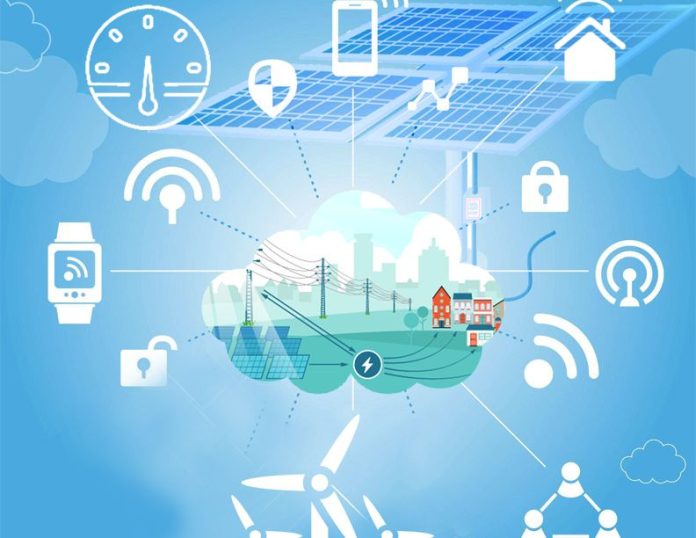Introduction: What is the Internet of Energy?
The internet of energy (IoE) is a term used to describe the interconnectedness of energy systems. This includes the electricity grid, gas networks, heating and cooling systems, and transportation systems. The internet of energy also refers to the ability to manage and control these systems remotely using digital technologies.
The internet of energy has the potential to revolutionize the way we manage our energy resources. By connecting different energy systems together, we can create a more efficient and reliable network that can respond to changes in demand more quickly and effectively. This could lead to significant reductions in greenhouse gas emissions and help meet our goals for a sustainable future.
There are many different ways that the internet of energy could be used to improve our lives. For example, it could be used to:
– Make our electricity grid more efficient by reducing wastage and improving coordination between different parts of the system
– Help us better manage our demand for electricity by giving us real-time information on consumption patterns
– Improve the efficiency of our transportation system by coordinating traffic flow and routing vehicles to avoid congestion
– Help us make better use of renewable energy sources by integrating them into existing energy networks
How the Internet of Energy Can Help Us Save Money and conserve energy
It is no secret that the world is facing an energy crisis. The demand for energy is ever increasing, while the supplies of fossil fuels are diminishing. This has led to higher energy prices and increased pressure on governments to find alternative sources of energy. One potential solution to this problem is the internet of energy.
The internet of energy is a concept that refers to the integration of renewable energy sources into the existing electrical grid. This would allow for a more efficient use of renewable resources and could lead to significant savings on energy costs. In addition, the internet of energy could help us to conserve energy by allowing us to better monitor and control our use of electricity.
There are many benefits that could be gained from the implementation of the internet of energy. However, there are also some challenges that need to be addressed before this concept can be fully realized. For example, the cost of installing and maintaining such a system would be significant. In addition, there would need to be a way to ensure that the electricity generated by renewable sources is used efficiently and not wasted.
Despite these challenges, the potential benefits of the internet of energy make it an attractive option for addressing the world’s energy needs. If properly implemented, it could lead to lower energy costs, increased efficiency, and reduced pressure on our limited supplies of fossil fuels.
The Different Types of Devices That Can Be Connected to the Internet of Energy
The internet of energy (IoE) is the network of physical devices and sensors that are connected to the internet, allowing them to collect and share data. The IoE can be used to monitor and manage energy use, making it more efficient and sustainable. It can also be used to create new energy sources, such as wind and solar power.
There are a variety of devices that can be connected to the IoE, including:
-Smart meters: These devices measure electricity consumption and send the data to utilities or service providers. This allows for real-time monitoring of energy use and can help identify areas where efficiency improvements can be made.
-Solar panels: Solar panels can be connected to the IoE in order to monitor their output and performance. This data can be used to optimize the placement of panels and improve the overall efficiency of a solar installation.
-Wind turbines: Wind turbines can also be connected to the IoE in order to monitor their output and performance. This data can help ensure that turbines are operating at peak efficiency and help identify potential problems before they cause significant damage.
-Thermostats: Thermostats can be connected to the IoE in order to automatically adjust heating and cooling based on weather conditions or occupancy levels. This can save significant amounts of energy, as well as provide greater comfort for occupants.
Conclusion
The Internet of Energy is a concept that has the potential to revolutionize how we manage energy usage. By connecting all energy-producing and consuming devices in one network, it could help us decrease our energy costs and reduce emissions. It could also provide more reliable access to renewable sources of energy and give people more control over their households’ electricity consumption. Though still in its infancy, this technology holds great promise for the future of our planet. With continued technological advances, there is no telling what kinds of new innovations are around the corner – but by unlocking the potential of Internet of Energy now, we can be sure that we are taking an important step forward on our journey towards a greener world.










